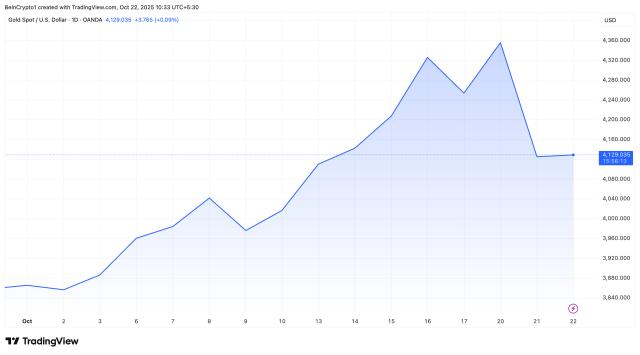Author: MONK
Compiled by: TechFlow
Over the past year, Crypto Twitter (CT) has become increasingly overwhelmed by crypto natives expressing pessimism about the state of the industry and disparaging innovation within our space and asset class. These complaints do reveal some objective truths, often pointing to genuine problems within the crypto industry as a whole. However, I firmly believe the pendulum has swung too far in the direction of doomsday sentiment.
In my opinion, crypto pessimism is a well-intentioned but dangerously misguided mindset that has become all too common. This article aims to reject this crypto pessimism by looking back at the experiences of our tech predecessors. The situation is not as dire as some portray.
Allow me to begin with some common ground.
Tokens and Tokenomics are largely unbalanced
More and more low-quality developers distract the attention of truly excellent developers
Scams and profiteering are on the rise
The number of “real” protocols is a tiny fraction of the entire crypto universe.
There are very few tokens that are truly worth investing in
Protocol governance is often ineffective
The industry still has many historical problems that need to be solved
Most of these problems stem from the following core issues:
We are in a period of regulatory uncertainty
Cryptography makes the creation and acquisition of assets frictionless
The industry has a history of rewarding bad behavior
The good news is that these problems are solvable, or rather, they are inevitable byproducts of an open but immature industry. But I think deep down we all know this.
I believe the real reason for the recent surge in pessimism in the crypto industry is that it is becoming increasingly difficult for market participants to achieve excess returns , which has led to a lingering sense of frustration and impatience.
But this has nothing to do with a lack of innovation and everything to do with the structure of our asset classes.
Let's first look at what we've achieved:
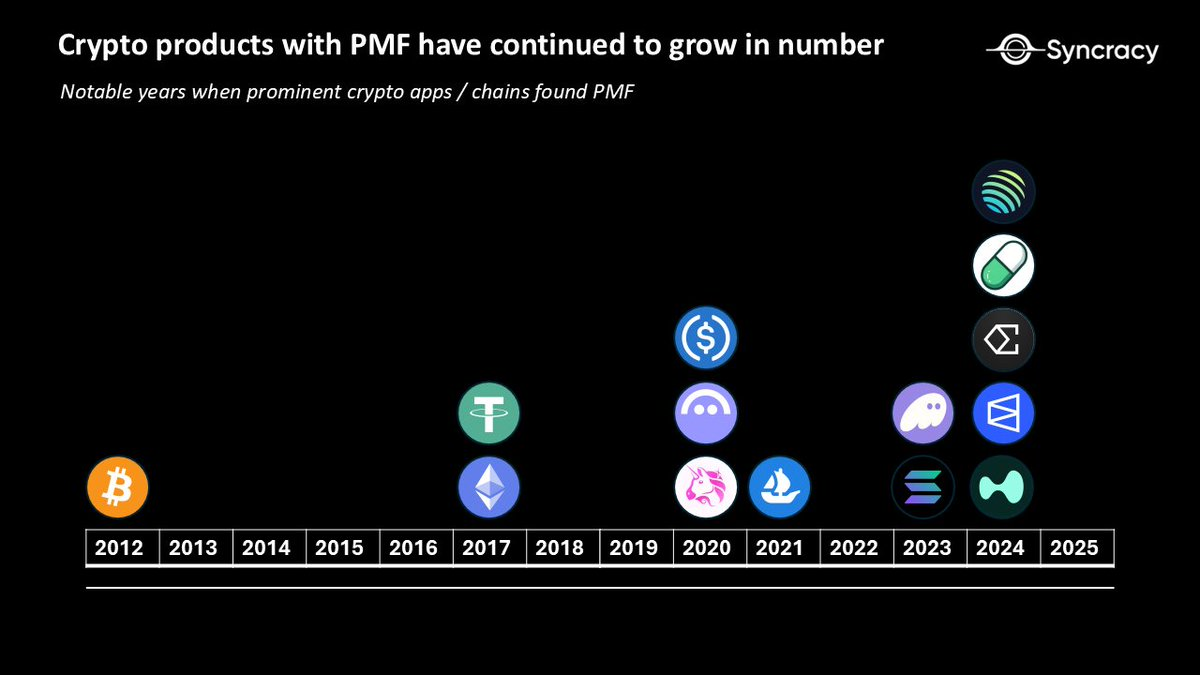
Here are a few crypto products that I believe have found product-market fit (PMF), or at least have paved the way for finding PMF in the crypto vertical. While there aren’t many of these products, with each development “cycle,” we’re able to build upon our infrastructure improvements and accumulated knowledge to create more meaningful products.
Some of you might look at these results and realize that good things take time, and perhaps the industry’s growth trajectory isn’t as bad as you initially thought.
Conversely, some might respond, “Well, that’s not that great.”
For those of you who hold the latter view, let me show you this:

Recognize them? Probably not. These are old homepages from early internet companies from the dot-com era. Of course, these pages look nothing like the internet we know and love today.
Here are some of the publicly traded internet companies that failed after the dot-com bubble burst, according to Wikipedia:
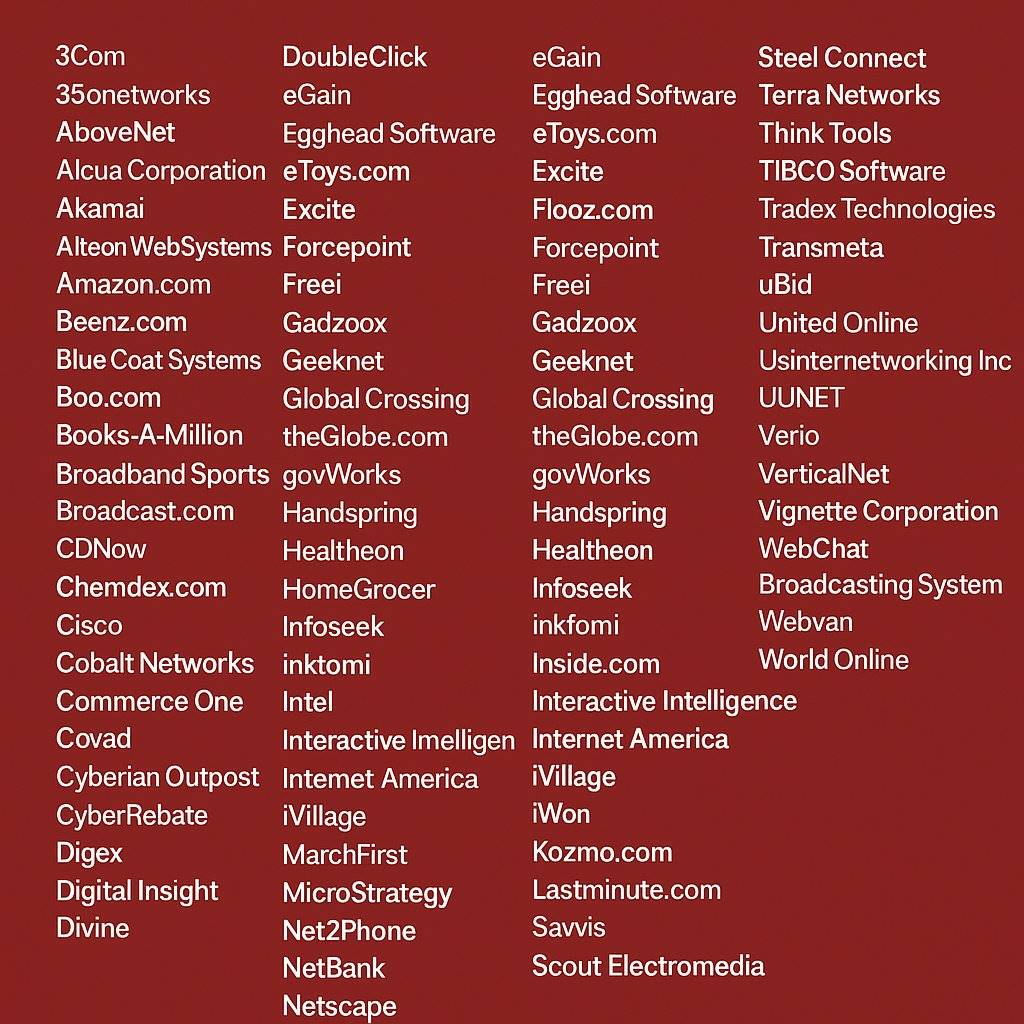
Amazon's stock plummeted more than 90% in two years, from a high of $107 to a low of $7, and didn't fully recover until 2010.
In reality, the number of "failed" companies is much larger. Those that fail to go public number in the thousands, but they may still have cost venture capitalists a significant amount of money.
The good news is that we also have these shining pearl enterprises:
Amazon — Founded on July 5, 1994
Netflix — Founded on August 29, 1997
PayPal — Founded in December 1998
Google — Founded on September 4, 1998
Meta (Facebook) — Founded on February 4, 2004
Likewise, despite the hype surrounding artificial intelligence (AI) as a high-profile innovative technology category and growth narrative, I would not be surprised if, a decade from now, we see a similar “power law of survival” phenomenon where a small number of companies successfully survive and dominate the market.
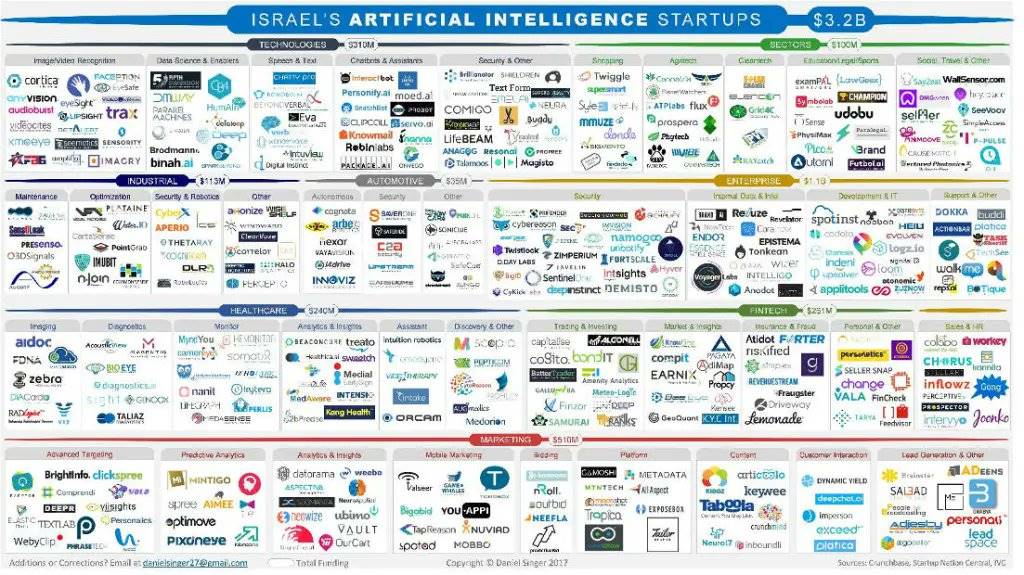
These are the leading AI startups emerging from Israel in 2020.
So, if all leading technology fields have 99.9% of opportunists failing, why does failure in crypto sting so much?
This is because we effectively turned everyone into a venture capitalist by attaching a publicly traded token ticker to every project. We then dramatically increased the number of investable "companies" by allowing any developer to create a viable and investable "startup" without any due diligence. This led to a large number of retail investors experiencing what it's like to invest in an asset class with a very low success rate, further exacerbating negative sentiment towards the crypto industry.
Imagine if every dot-com bubble founder could raise money from a group of enthusiastic and risky retail investors through an ICO (Initial Coin Offering), even if their product barely worked, and skip the seed round -> private round -> IPO process. And then add a "Pump.fun" (a term for a platform that pumps up prices) or even remove the product altogether.
Of course, our asset class would become a minefield of token codes, many of which would eventually plummet 90%.
So, back to the question, what have we achieved?
Today, Bitcoin (BTC) has become a $2 trillion asset, having grown from a fringe, cypherpunk fantasy conceived by an anonymous founder in just 16 years.
Over the past decade, since we first had a programmable smart contract platform:
We built a peer-to-peer internet that is resistant to World War III and protects hundreds of billions of dollars in value.
We developed a more performant version that allows users to create permissionless assets with the click of a button while supporting billions of dollars in daily spot trading volume on decentralized exchanges (DEXs).
We enable the world to own a tokenized dollar and send any amount of money to anyone instantly at very low cost.
We bring financial primitives like lending and passive income to the chain.
We built a transparent, borderless, KYC-free derivatives exchange that rivals Robinhood in trading volume while returning nearly all revenue to its token holders.
We are reshaping market structure, creating new ways for people to buy, sell, long and short assets, and creating entirely new asset types (such as prediction markets, perpetual contracts, etc.).
We made six-figure JPEGs a phenomenon.
We created absurd internet communities that pushed some funny token codes to valuations that exceeded those of public companies.
We pioneered new ways of capital formation, such as ICOs and Bonding Curves.
We are exploring how to make finance and currency more private.
As I always say, we offer anyone with an internet connection an emerging financial alternative to the one they're forced to accept because of their nationality . Our alternative is still young, but it's freer, more open, and more fun.
Every year, we provide the market with an opportunity to buy into cutting-edge technologies at extremely low valuations. All you need to do is filter out the real value from the noise.
At Syncracy, we firmly believe that the crypto industry’s “FAANG” (referring to giants similar to Facebook, Apple, Amazon, Netflix and Google in the technology field) has begun to emerge, and every one to two years, new strong competitors will emerge.
I often think of this quote, which helps me better understand our industry:
"Our intuition about the future is linear. But the reality of information technology is exponential, and that makes a profound difference. If I take 30 steps linearly, I only get to 30. If I take 30 steps exponentially, I can get to a billion."
—Ray Kurzweil, The Singularity Is Near: When Humanity Transcends Biology
We always expect linear, incremental progress in crypto every year and pour money into a bunch of worthless projects, hoping that this year will yield more than the last.
However, this often leads to disappointment and losses for many. This doesn't mean we should be subjected to a barrage of doomsayer tweets and endless criticism of our achievements and trajectory, especially when every other "real" technology sector has experienced the same growing pains. In crypto, however, these pains are more acute because each of us has become a financial stakeholder.
Looking ahead ten years, no one can truly predict what will happen, and I don't believe innovation will progress on the timeline we imagine. Some years, nothing will happen, while others, things will change dramatically in an instant. I think it's entirely possible that in three years, we'll go from seven to 20 agreements with product-market fit (PMF).
If you want to know how the dot-com bubble story ended, it took us 15 years to fully recover:
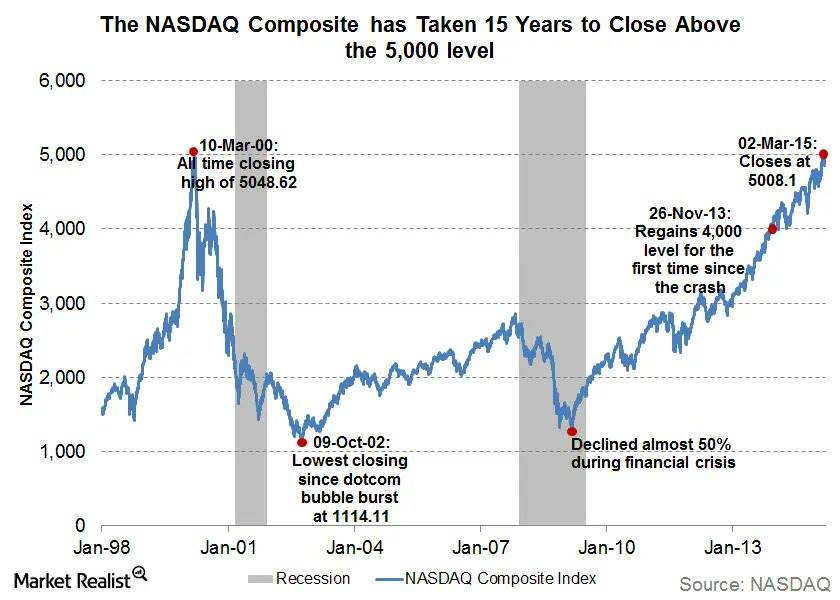
But, we all know what happened since then:
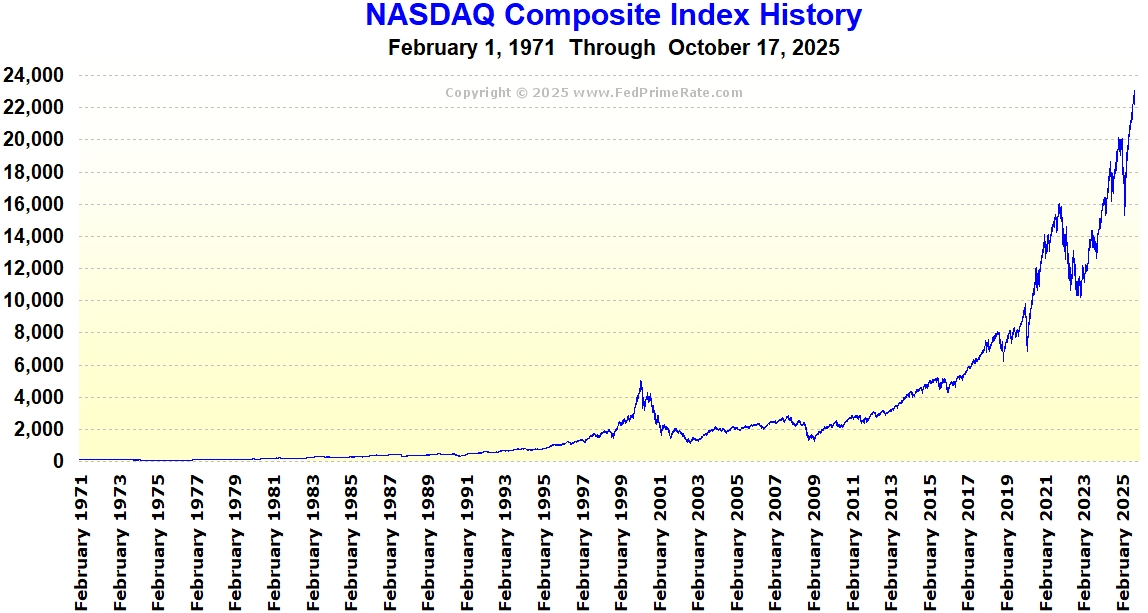
And now, just as the older generation, Wall Street elites, and the highest levels of the US government are finally starting to take notice and respect the crypto industry, many of our early adopters appear to be losing faith in our mission. I completely refuse to accept this.
Bitcoin is still digital gold, we are still building new financial primitives, and we are still making the world a better and more interesting place.
For some of us as investors, there are still many opportunities to outperform the market.
Choose to be optimistic about the crypto industry!




